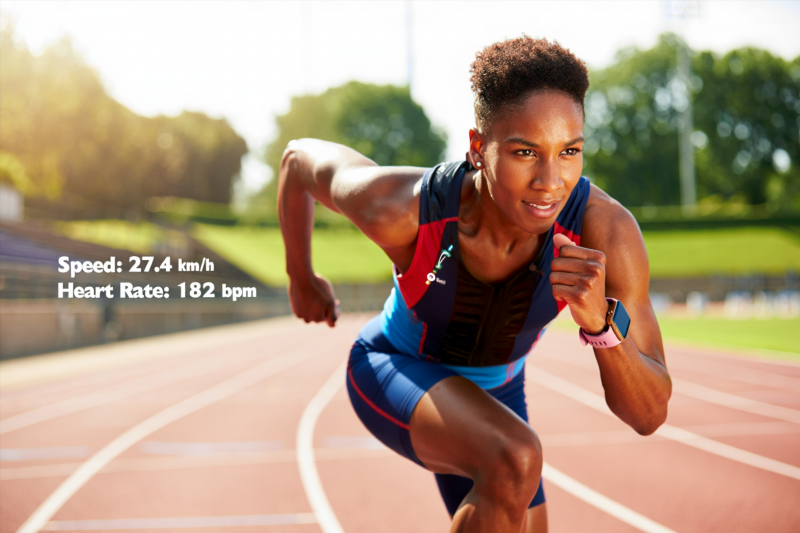
Wearable Devices and Biomechanics Transform Racing Performance
In the fiercely competitive world of racing, every millisecond counts. Athletes and trainers constantly seek innovative ways to gain an edge, optimize training, and prevent injuries. The advent of wearable technology combined with biomechanics is revolutionizing how racers enhance performance and achieve their goals. This transformative synergy integrates cutting-edge devices and scientific principles, providing real-time insights that were once impossible.
How Wearable Devices Are Changing the Race Game
Real-Time Data for Immediate Improvement
Wearable devices—such as smartwatches, heart rate monitors, GPS trackers, and motion sensors—collect vital metrics during training or competition. These include:
- Speed and acceleration
- Step cadence and stride length
- Heart rate variability
- Oxygen saturation
By providing instant feedback, athletes can adjust their techniques mid-performance, maximizing efficiency and minimizing fatigue.
Personalized Training with Intelligent Insights
Wearables leverage algorithms that analyze collected data to suggest tailored training plans. This personalization accelerates progress by focusing on individual strengths and addressing weaknesses, allowing athletes to:
- Optimize training intensity
- Avoid overtraining
- Prevent injuries
Enhanced Motivation and Engagement
Gamification features, such as achievement badges or performance comparisons, motivate athletes to push boundaries while maintaining safe practices, fostering consistent improvement.
The Role of Biomechanics in Racing Optimization
Understanding Movement Mechanics
Biomechanics applies engineering principles to human motion. By studying how an athlete moves, professionals can identify inefficient patterns and develop strategies for correction. Key areas include:
- Joint angles
- Force application
- Muscle activation patterns
This scientific approach uncovers hidden flaws that can hinder performance and cause injuries.
Data-Driven Technique Refinement
When combined with wearable tech, biomechanics enables precise adjustments to technique. For example, analyzing gait patterns with sensor data can help runners improve stride efficiency, leading to faster times and reduced injury risk.
Injury Prevention and Rehabilitation
Biomechanical assessments detect asymmetries or abnormal movement patterns that predispose athletes to injuries. Early intervention based on these insights keeps athletes in peak condition and reduces recovery time.
The Perfect Partnership: Wearable Tech Meets Biomechanics
| Benefit | Wearable Devices | Biomechanics | Synergistic Impact |
| Precise performance tracking | Captures real-time physiological and kinematic data | Provides contextual understanding of movements | Enables targeted interventions for performance enhancement |
| Customized training programs | Analyzes individual data for personalized routines | Identifies mechanical inefficiencies | Creates highly effective, science-backed training plans |
| Injury risk reduction | Monitors load and fatigue levels | Detects movement abnormalities | Minimizes injury risk while optimizing performance |
How to Incorporate Wearable Tech and Biomechanics into Your Training
Step-by-Step Guide
- Assess Your Goals
Define your specific racing objectives: speed, endurance, injury prevention, or all combined.
- Select the Right Devices
Choose wearables tailored to your sport and needs—GPS watches for runners, motion sensors for cyclists, etc.
- Partner with Biomechanical Experts
Work with sports scientists or physiotherapists to analyze your movement patterns initially and periodically.
- Implement Data-Driven Adjustments
Use insights from wearables and biomechanical reports to modify your training and technique.
- Monitor Progress and Adapt
Continuously track your metrics, making iterative improvements to reach peak performance.
Tips for Success
- Prioritize consistent data collection
- Educate yourself on interpreting wearable analytics
- Listen to your body and avoid over-reliance on technology
- Combine tech insights with professional coaching
Frequently Asked Questions
How reliable are wearable devices for performance enhancement?
Modern wearables are highly accurate, especially in capturing motion and physiological data. However, their effectiveness depends on correct usage and interpretation, ideally under professional guidance.
Can biomechanics prevent all racing injuries?
While biomechanics significantly reduce injury risk by identifying problematic movement patterns, no method guarantees complete prevention. Maintaining proper training load, nutrition, and rest are essential complements.
Is investing in wearable tech worth it for amateur athletes?
Absolutely. For enthusiasts committed to improvement, wearable devices provide valuable insights into technique, training effectiveness, and recovery—offering a competitive advantage at any level.
The fusion of wearable devices and biomechanics heralds a new era in athletic training and performance. With real-time data, personalized insights, and scientific movement analysis, athletes can push beyond previous limits safely and efficiently. Whether you’re aiming for personal bests or professional victories, embracing this technological revolution is your fastest pathway to success.
Take Action Now! Invest in wearable technology, partner with biomechanics experts, and harness data-driven training strategies to elevate your racing performance. Your ultimate performance breakthrough is just a measurement away.